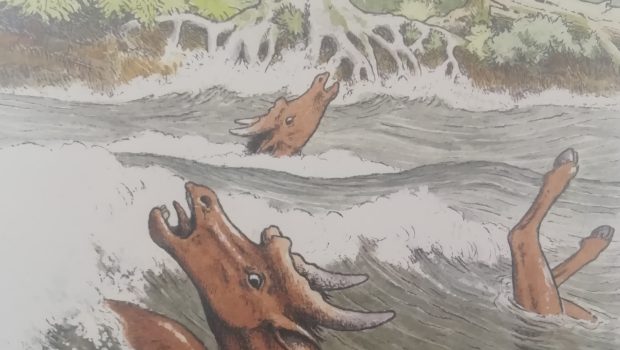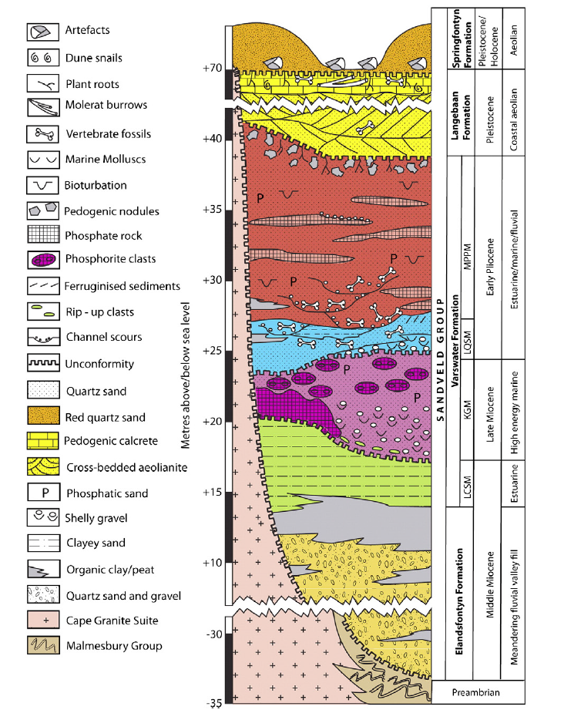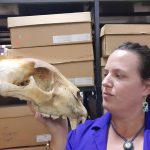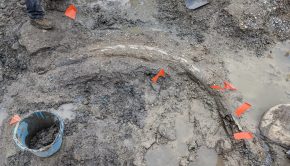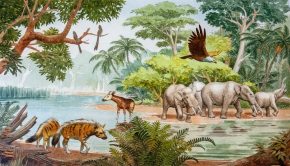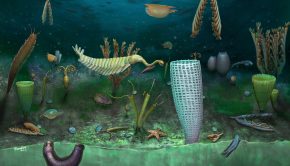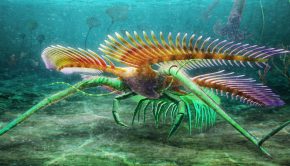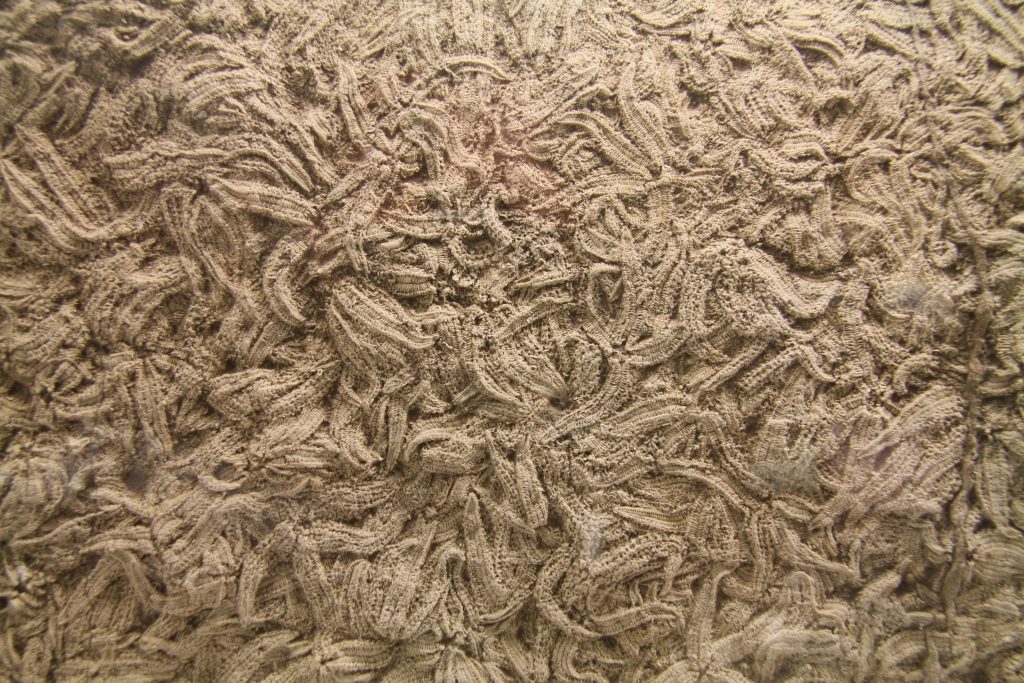Langebaanweg Part 2 – Geology and Palaeoecology
Langebaanweg is a Mio-Pliocene aged fossil locality on the west coast of South Africa (about 120 Km from Cape Town), that has produced a staggering diversity and abundance of fossil material. In the first part of this series I went over the history of the site from its discovery, through six decades of research, most while the site was an active mine, to its current incarnation as an education and outreach centre. In this article we will look at the geology and palaeoecological reconstructions of the site.
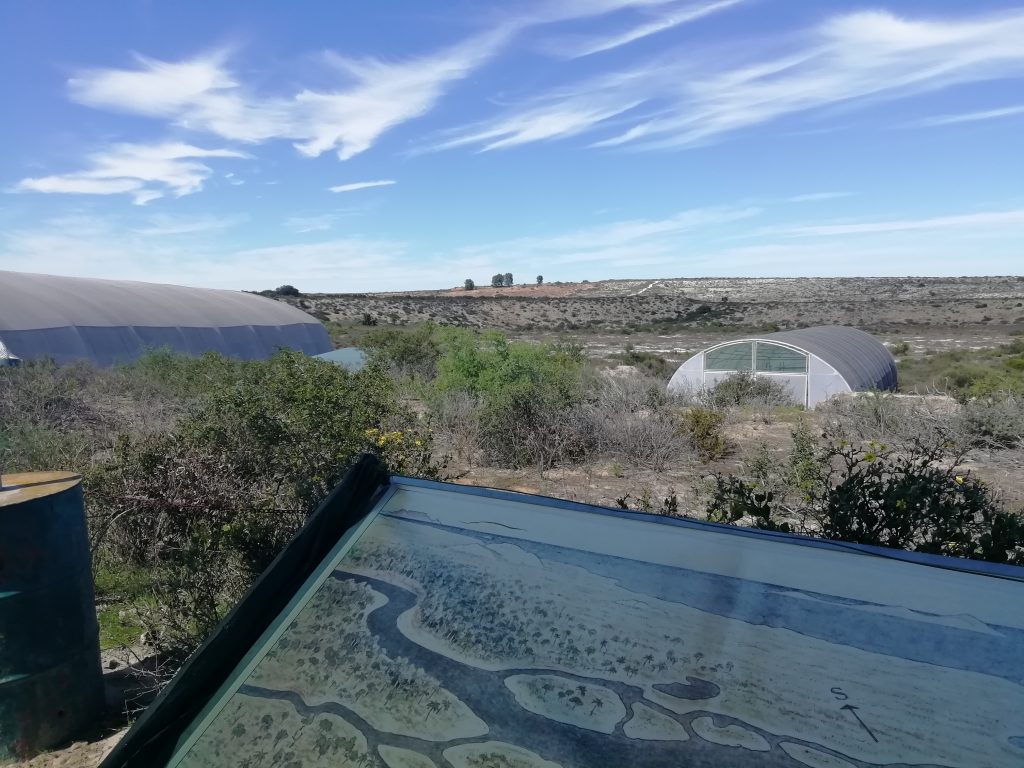
Let’s Talk Dirt
Langebaanweg contains deposits ranging from the Middle Miocene to the Holocene, but it is the Varswater Formation (meaning freshwater) that produced the most important fossil finds, and which we will focus on for this article. Although it is worth noting that the Middle Miocene Elandfontyn Formation preserves evidence of subtropical forest, and a notable component of summer drought-tolerant fynbos; indicative of a generally humid and warm climate with extensive wetlands, and for the beginning of the highly seasonal winter-rainfall regime the Cape now sees.
The Varswater Formation sits on top of the Elandsfontyn unconformably – that is with a time gap or erosional period between them. It consists of four members namely; Langeen Clayey Sand (LCSM), Konings Vlei Gravel (KGM), Langeberg Quartz Sand (LQSM) and Muishond Fontein Pelletal Phosphorite (MPPM).
The LCSM consists of fine-grained sands and is interpreted as an estuarine deposit, mostly due to its similarity to other modern estuaries nearby. It was laid down during a period of marine transgression (sea level rising) so that the wetlands of the Elandsfontyn gave way to estuarine conditions. It is generally non-fossiliferous, and is considered to be only slightly younger than the Elandsfontyn.
It is followed, after another erosional period, by the KGM; which consists of polished and rounded rocks of pebble to boulder size in a matrix of phosphatic sand, reflecting a period of marine transgressions and regressions (sea level falling). The KGM does not have much fossil material, but there are marine molluscs, scattered shark teeth and abraded mammal bones. It is interpreted as a high-energy, shallow marine environment, with warm water and open coast conditions. It is considered Late Miocene in age.
There is another erosional contact into the LQSM. This is one of the most fossiliferous parts of the sequence. It consists of quartzose sands, with some evidence of silty and peaty pockets. It is described as a fluvio-estuarine (an estuary with river channels) with patches of salt marsh and tidal flats. Marine molluscs indicate tidal flats and open rocky coastal areas. There are cold water species, that suggest sea temperatures were lower than during the KGM deposition. Pollen analyses indicate more emphasis on fynbos and summer-drought flora.
The final part of the Varswater is the MPPM, which is also highly fossiliferous. It comprises a fine to medium, light grey sand with two kinds of phosphatic material, namely amber-coloured shell fragments and pelletal carbonate apatite grains (which give the member its name). The phosphate was produced authigenically (in situ) during a period of upwelling in the Benguella system. Phosphate deposition occurs when there is a sudden mortality of plankton in an enclosed marine environment. Decomposition releases large amounts of phosphate which precipitates into the pore spaces of the sediment. The MPPM records marine, estuarine and local fluvial sedimentation. The majority of the fossils occur as lag deposits within fluvial channels. This suggests that the MPPM went through periods of inundation by sea water during which phosphate deposition occurred, and by periods of exposure where river channels cut down into those exposures, depositing bones before being recovered.
A combination of methods (stratigraphic correlation, biochronology, optically stimulated luminescence dating and palaeomagnetic study) indicates that there is little time difference between the LQSM and the MPPM and that they are aged to 5.2 million years old.
Bonebed – a place of contention
The traditional explanation for the bonebed and other nearby riverine channels was of a flood washing the carcasses of large animals downstream into the estuary, and of marine carcasses drifting into the same estuary by tidal and wind action to form the mixed assemblages of the MPPM channel deposits. But this story glosses over a heated debate. It was a theory first presented by Hendey (who readers will remember worked on the site in the 1970s). More recent workers have built on it by suggesting that the remains are part of an ill-sorted lag deposit or were formed in a scour pool. Still others have suggested a low energy depositional environment like an aquifer-fed waterhole.
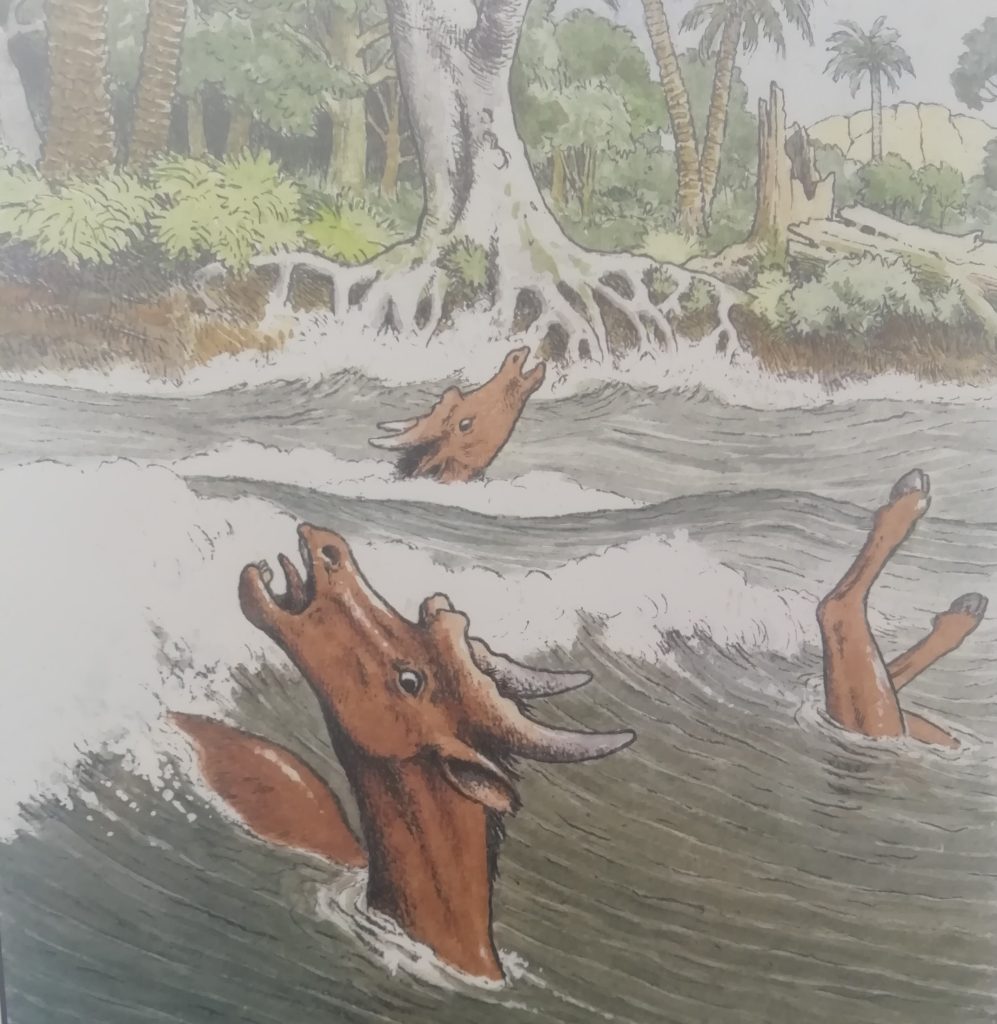
The problem is there is evidence for each of these ideas and more besides. The bonebed is associated with a water-smoothed phosphate rock and there are many highly fragmented bones consistent with a lag or scour pool. But there are also partially associated skeletons and bones with clear greenstick fractures, still in the position they were in at the time of breaking, that suggest very calm water conditions. There are terrestrial, marine and freshwater species mixed in together. And with much of the surrounding sediments mined away it may never be possible to say definitely how the bonebed was deposited. This deposit would reward more extensive investigation as (like with the main Langebaanweg collection) there is a lot of work that can still be done on the site.
In the last article of the series we will take a closer look at some of the incredible fossils the site has produced.
Brigette Cohen was formerly a palaeontologist and museum scientist until she decided that academia didn’t suit her. Now she works as a science writer. Translating academic mumbo-jumbo into fascinating stories of past life on earth. South African born and raised, she is particularly keen on seeing the incredible palaeontology of Africa being shared. You can find more of her work here.

